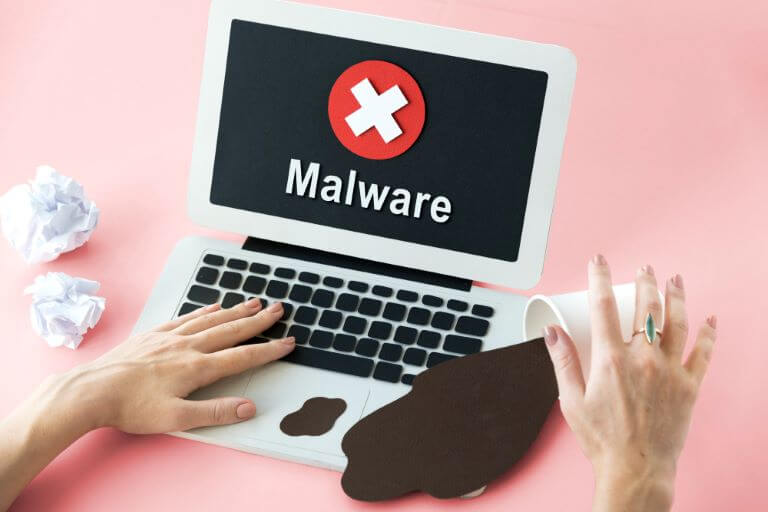In today’s interconnected world, the risk of malware attacks is ever-present, posing a significant threat to personal devices, businesses, and even entire networks. Malware, short for malicious software, encompasses a variety of harmful programs designed to disrupt, damage, or gain unauthorized access to a system. From viruses and ransomware to spyware and adware, the impact of malware can be devastating, leading to data breaches, financial loss, and compromised security. This is where anti-malware software comes into play, offering essential protection for both individuals and organizations alike.
What is Anti-Malware?
Anti malware is software specifically designed to detect, prevent, and remove malware from computer systems. It provides comprehensive protection against a range of malicious software types, including:
- Viruses: These are malicious programs that replicate themselves by infecting files and spreading to other systems.
- Ransomware: This form of malware encrypts a victim’s data, demanding payment (often in cryptocurrency) to restore access.
- Spyware: Spyware covertly monitors a user’s activities and gathers sensitive information like passwords and financial data.
- Adware: Adware is unwanted software designed to display ads on your device, often slowing down performance.
- Trojans: Named after the famous Trojan Horse, Trojans disguise themselves as legitimate software but perform malicious actions once installed.
Anti-malware programs use a variety of techniques to detect these threats, from signature-based detection to behavioral analysis. Once detected, the software can quarantine or remove the malware, preventing further damage to your system.
How Anti-Malware Works
Anti-malware software operates in multiple ways to keep your system secure. Some of the core methods include:
- Signature-Based Detection: This is the traditional method of malware detection, where the software compares files and programs to a database of known malware signatures. If a match is found, the software immediately flags the file and either quarantines it or removes it from the system. Regular updates to the malware signature database are crucial for this method to remain effective.
- Heuristic Analysis: Since new malware variants emerge every day, heuristic analysis is essential for detecting threats that haven’t yet been cataloged. This method examines the behavior and structure of files to identify potential risks. It looks for patterns or unusual activity that could indicate a malicious program, even if it hasn’t been seen before.
- Real-Time Protection: Many anti-malware programs offer real-time protection, actively monitoring your system for suspicious activity while browsing the internet or downloading files. This feature prevents malware from infecting your device in the first place, offering immediate protection against potential threats.
- Sandboxing: Some advanced anti-malware programs use sandboxing to execute suspicious files in a controlled environment safely. By isolating the file from the rest of your system, the software can analyze its behavior without putting your device at risk.
Why Anti-Malware is Essential
Malware can compromise not only your data but also the security of your entire network, making anti-malware an essential tool in today’s digital world. Here’s why:
- Protecting Personal Data: Malware, especially ransomware and spyware, can lead to data breaches that expose personal information, financial details, or sensitive files. Anti-malware programs help prevent these breaches by detecting and removing threats before they can cause harm.
- Safeguarding Financial Information: Many forms of malware are designed to steal credit card information, banking details, or login credentials. Anti-malware software offers an extra layer of security, ensuring that your financial transactions and accounts remain safe.
- Preventing System Damage: Malware can disrupt your device’s functionality, corrupting files and damaging important system components. Anti-malware ensures that your computer or mobile device runs smoothly and efficiently, reducing the risk of malware-induced damage.
- Avoiding Legal and Financial Repercussions: Malware can lead to costly legal consequences for businesses, especially if customer data is compromised. Anti-malware helps companies comply with data protection regulations and avoid the hefty fines associated with data breaches.
Best Practices for Using Anti-Malware Software
While anti-malware software is an effective defense against cyber threats, it’s important to follow best practices to maximize protection:
- Regular Updates: Always ensure that your anti-malware software is up to date. New malware variants are constantly being developed, and regular updates allow your software to detect the latest threats.
- Perform Regular Scans: Even with real-time protection, running full system scans periodically is a good idea. This can catch any hidden threats that might have slipped through the cracks.
- Use Multi-Layered Security: Anti-malware is just one piece of the cybersecurity puzzle. For full protection, combine it with other security measures like firewalls, virtual private networks (VPNs), and strong passwords.
- Stay Informed: Cyber threats are constantly evolving. Stay informed about the latest malware trends and adjust your security settings accordingly.
Conclusion
In a world where cyber threats are becoming more sophisticated, anti-malware software is essential for protecting personal and professional data. By detecting and removing malicious software, anti-malware programs act as the first defense against malware, ensuring that your system remains secure and your information stays private. Investing in reliable anti-malware software, keeping it updated, and following best security practices can significantly reduce the risk of falling victim to a malware attack.


